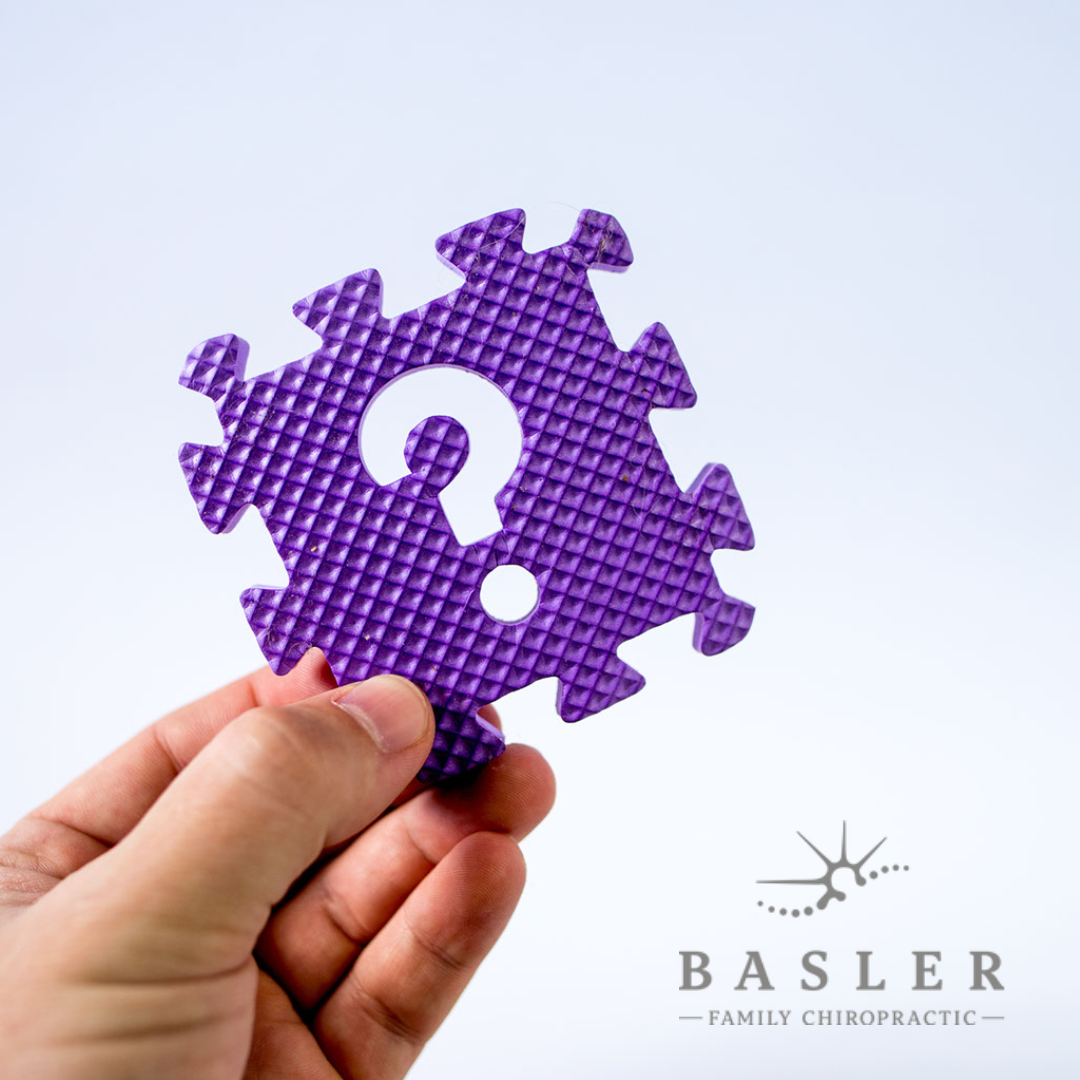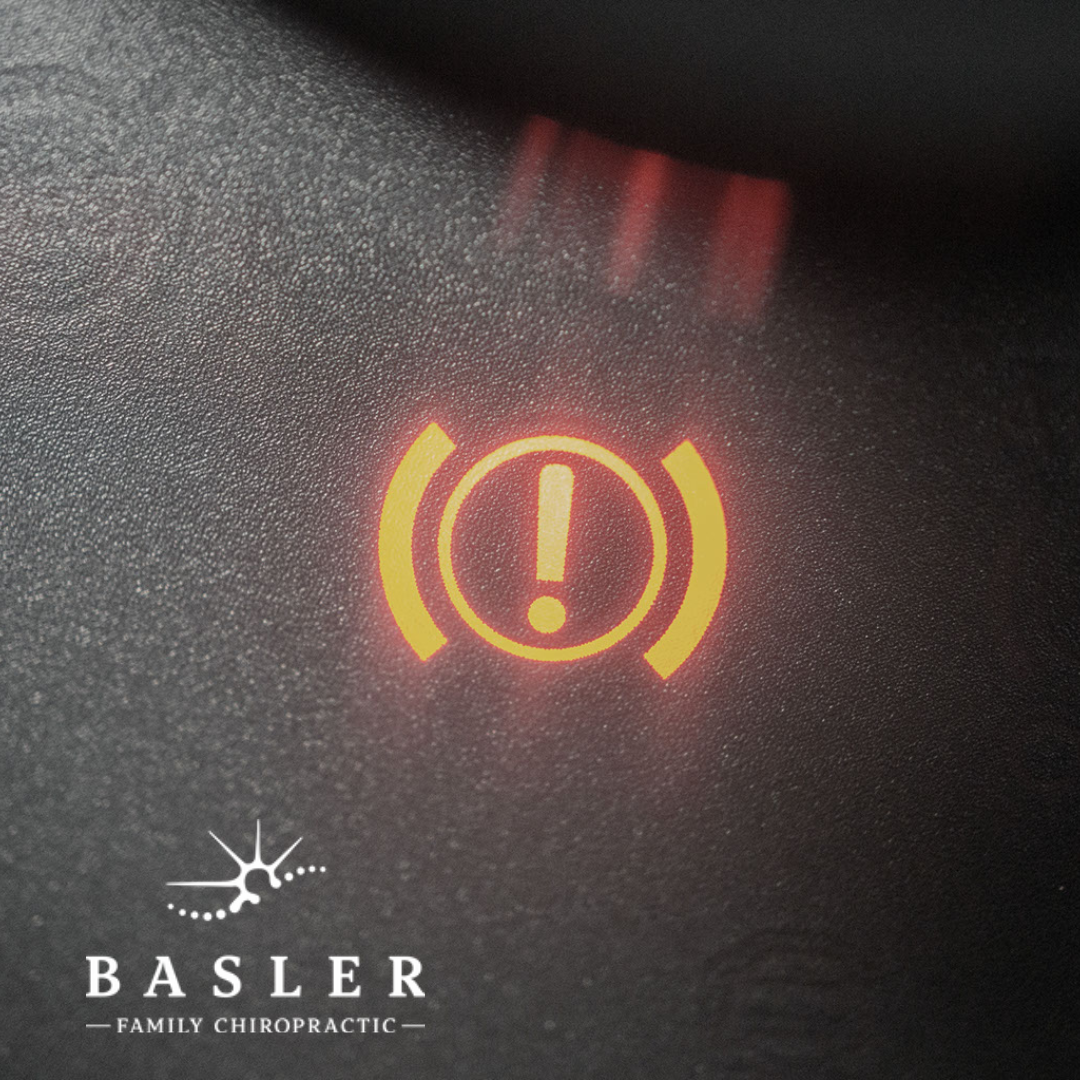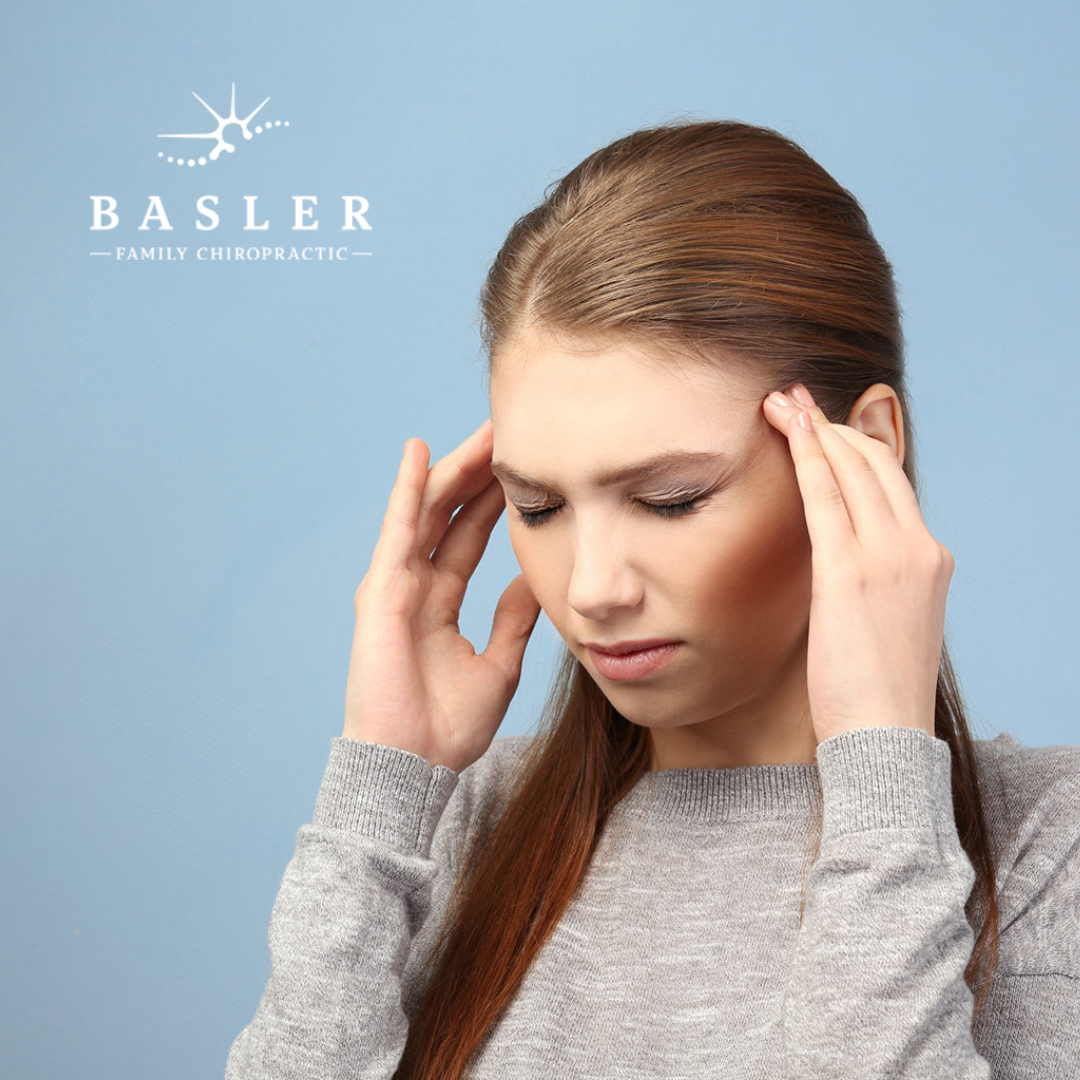
Migraines
Do you suffer from migraines? If you do, you will know how debilitating they can be. If you don’t, just imagine suffering with a throbbing headache for days on end, and feeling nauseous, and vomiting, and being unable to stand bright lights and loud noises. They really are awful!
For about 1 in 6 people around the world, they experience this on a regular basis, often many times each month.1 They are often severe and are considered by the World Health Organisation to be the most debilitating of all neurological disorders.1 Trying to carry on a normal life when you suffer from migraines can be really challenging. Caring for yourself, let alone a family, can be tough, and trying to work when all you want to do is hide in a dark quiet room can be impossible.
A sad fact is that almost half of sufferers don’t get the relief they need from usual drug treatment options.2 And to make matters worse, commonly prescribed medications for migraines can actually end up causing more headaches and more pain in the long run.2 This is a real problem!
That is why researchers and health professionals have been exploring what other healthcare options may help people who suffer from migraines. One of these options that have received quite a lot of research attention is chiropractic care. This may be because so many people with migraines see a chiropractor for help.2 Let’s take a look at what the research says about chiropractic care and migraines.
In 2019 a systematic review was published that looked at all of the clinical trials that had investigated whether chiropractic care can help people with migraines.2
What they found was that when all of the research is combined, people with migraines who saw a chiropractor or another health professional who provided spinal manipulation had fewer days with migraines each month. And they also experienced less migraine pain. That means that chiropractic care really does seem to help some people who suffer from migraines.
In one of the studies they were looking at, the researchers found that for about 1 in 5 people who suffer from migraines, their migraines almost went away completely after 2 months of chiropractic care!
We don’t know for sure who will respond well to chiropractic care, and we don’t know how much of an influence the placebo effect might have, but for some people, when they get under chiropractic care, their migraines almost completely resolve within just a couple of months.
So, if you suffer from them, or you know someone who does, consider chiropractic care, because it may really make a big difference to you or the people you care about. They don’t have to be a life sentence, so go and see a chiropractor and rediscover what life is supposed to be like.
References
- Goadsby PJ, et al. Pathophysiology of Migraine: A Disorder of Sensory Processing 2017;97(2):553-622.
- Rist PM, et al. Headache 2019;59(4):532-42.
Acknowledgments
- Dr. Heidi Haavik – BSc(Physiol) BSc(Chiro) PhD
- Dr. Kelly Holt – BSc, BSc(Chiro), PGDipHSc, PhD
- Dr. Jenna Duehr – BChiro, BHSC (Nursing), MHSc









